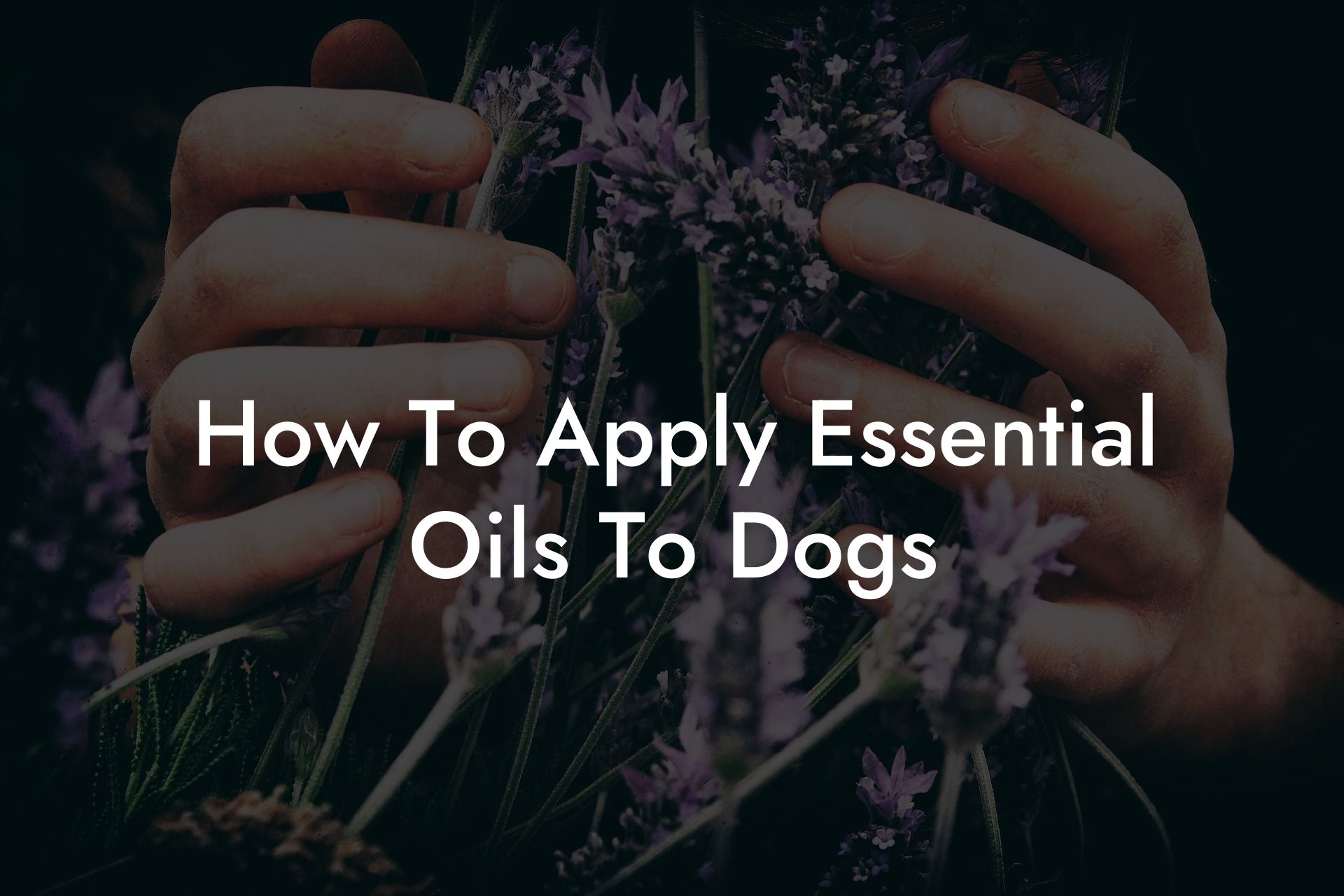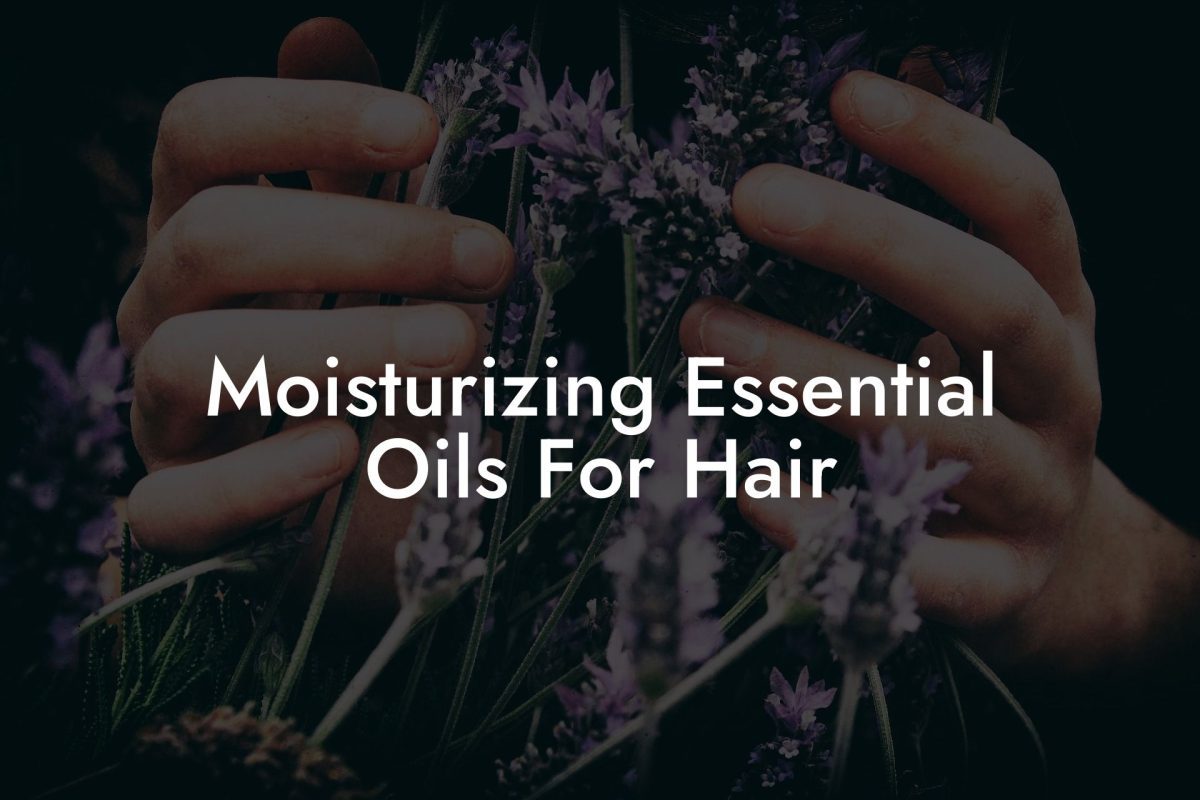Our furry friends bring so much joy and love to our lives, and as pet owners, it is our responsibility to ensure their well-being and happiness. Essential oils have proven to effectively boost our mental, emotional, and physical health, so why not also introduce these beneficial ointments to our canine companions? Before proceeding, it’s essential to educate ourselves on the safe and effective application of essential oils for dogs. Continue reading for a comprehensive guide on incorporating essential oils into your dog’s routine.
Table of Contents
Why Use Essential Oils for Dogs?
Essential oils offer multiple benefits for our four-legged friends, such as:
- Reducing stress and anxiety
- Alleviating minor skin irritations
- Improving digestion
- Promoting relaxation and sleep
- Repelling insects
Selecting the Appropriate Essential Oil
It is essential to choose therapeutic-grade, high-quality essential oils that are safe for your dog. Keep in mind that not all essential oils suitable for humans are necessarily safe for pets.
Some dog-safe essential oils include:
- Lavender for relaxation and soothing skin irritations
- Peppermint for alertness and pain relief
- Chamomile for calming and immune system support
- Lemongrass for repelling insects and supporting digestion
- Frankincense for calming and boosting immune system function
As a rule, always consult your veterinarian before introducing any new essential oil to your dog’s routine.
How to Apply Essential Oils to Dogs
Diluting Essential Oils
It’s imperative always to dilute essential oils before applying them to your dog’s skin, as their skin is more sensitive than ours. Use a carrier oil like coconut oil, jojoba oil, or olive oil to dilute the essential oil.
A general guideline for dilution:
- For small dogs, use a 1:1 ratio of carrier oil to essential oil
- For medium-sized dogs, use a 1:2 ratio of carrier oil to essential oil
- For large dogs, use a 1:3 ratio of carrier oil to essential oil
Methods of Application
There are several ways to apply essential oils to dogs:
- Topical application: Gently massage the diluted essential oil onto your dog’s skin, focusing on the affected area or desired region, such as the ears, paws, or spine.
- Aromatherapy diffuser: Use a pet-safe diffuser to ventilate the essential oil in a room where your dog spends time. Ensure that your dog can leave the room if the aroma becomes too powerful for their liking.
- Collar application: Add a drop of diluted essential oil to your dog’s collar or a bandana, allowing the aroma to surround them throughout the day.
- Spray application: Fill a spray bottle with water and a few drops of diluted essential oil, then spritz it onto your dog’s bedding or fur, avoiding the face and eyes.
How To Apply Essential Oils To Dogs Example:
Suppose your dog has been feeling anxious lately, often exhibiting signs of restlessness and pacing. In that case, you may decide to try lavender essential oil to promote relaxation and reduce anxiety. First, consult your veterinarian to ensure that lavender is a suitable choice for your dog.
Assuming your medium-sized dog weighs 30 pounds, you would dilute the lavender oil using a 1:2 ratio, mix one drop of lavender essential oil with two drops of coconut oil. Gently massage the diluted oil onto your dog’s ears or feet, ensuring you avoid their eyes and mouth. Alternatively, you can add the essential oil blend to a diffuser or your dog’s collar, allowing them to benefit from the calming effects of lavender throughout the day.
In conclusion, by understanding the safe and effective application of essential oils to your dog, you can positively contribute to their overall well-being. Remember to always consult with your veterinarian before introducing any new essential oil to your pet’s routine. Feel free to share this article with fellow dog owners and explore our comprehensive guides on essential oils & aromacology here at Oshu Oils. Lastly, be sure to browse our curated range of essential oils crafted to boost the overall wellness for both you and your pet.





















